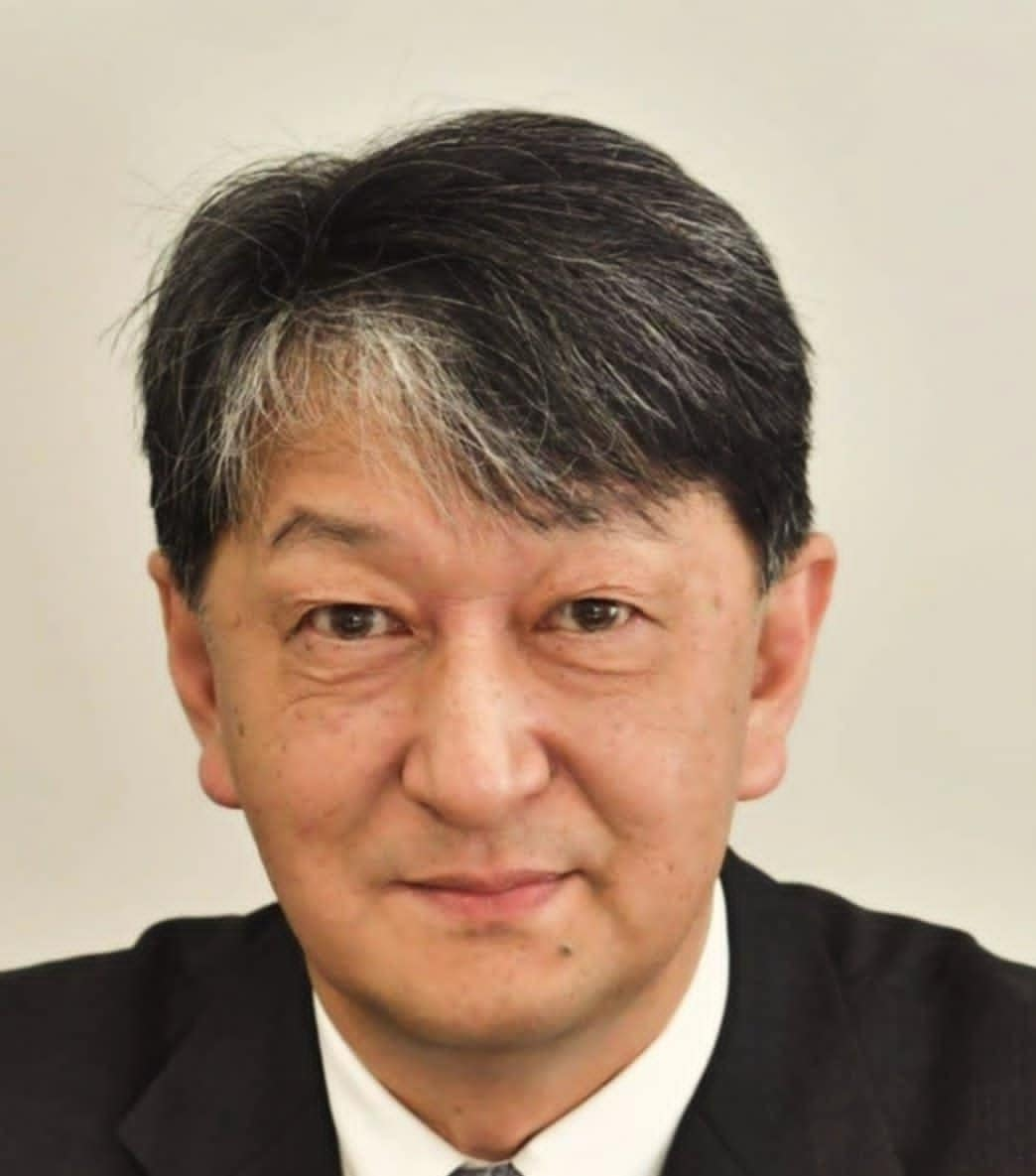
 |
|
| Mobility Transparency Declaration | |
| Mobility Transparency Declaration | |
 |
— A Proposal for Institutionalizing Trust Through Accountability in the Next-Generation Automotive Repair Industry — May 19, 2025 |
| Introduction: Trust Must Be Explainable | |
|
For decades, trust has often been understood as an implicit agreement built on experience. However, today the automotive repair industry stands at a crossroads. Opaque maintenance records, unverifiable estimates, and vague appraisal criteria have created a structure in which—even with sincere effort—trust cannot be conveyed. To fundamentally transform this condition, we propose a new social model: Mobility Transparency. |
|
| What is Mobility Transparency? | |
|
Mobility Transparency is a social infrastructure framework designed to ensure institutional transparency by enabling full explanation and traceability of all mobility-related transactions— from repair history, estimate rationales, appraisal standards, and warranty terms to technician qualifications. It goes far beyond mere information disclosure. It redefines trust not as a naturally occurring emotion, but as a repeatable, designable construct embedded within institutional systems. |
|
| Three Core Principles of Transformation | |
Mobility Transparency seeks to bring about structural reform based on the following principles:
“Trust is built through explanation, verification, and acceptance.” |
|
| Implementation Strategy: Bridging Systems, Workshops, and Finance | |
To bring this philosophy into real-world practice, JARWA will implement Mobility Transparency along three strategic axes:
|
|
| Why Now? | |
The industry currently suffers from three structural disconnects:
thereby realizing a society where “trust is made visible.” |
|
| Conclusion: A Blueprint for Industry Redesign | |
|
Mobility Transparency represents a fundamental redesign of the automotive repair industry. It marks a shift from superficial systems to a society where explainable integrity is valued. We envision the evolution of the industry from “repairing cars” to “infrastructure that builds and sustains trust.” Ultimately, we believe Mobility Transparency will become an internationally recognized trust standard— born in Japan, shared with the world. Trust, when articulated, becomes shareable. Mobility Transparency institutionalizes this “spoken trust” as the future model of accountability. |
|
| End of Document | |
▲TOPページへ▲ ※当ページについての問い合せ・資料請求はこちらまで